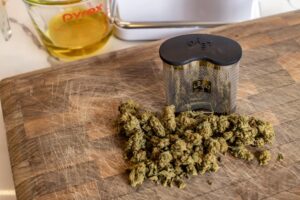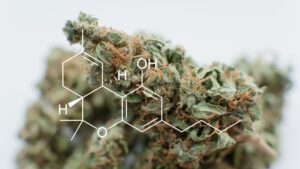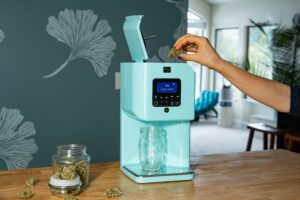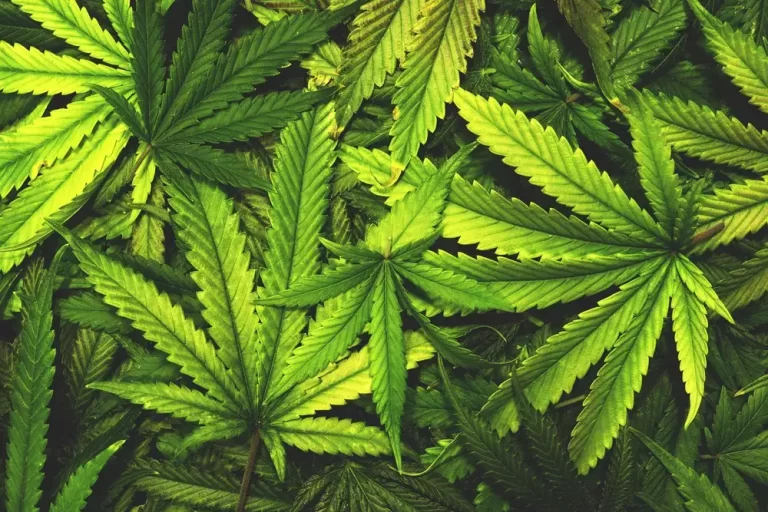

This chemical reaction occurs when cannabis is exposed to heat, converting cannabinoid acids like THCa into their active forms, such as THC, which interact with cannabinoid receptors in the body to produce psychoactive effects. Understanding the optimal temperatures for decarboxylation is key to maximizing the potency and therapeutic effects of your cannabis.
The Importance of Temperature in Decarboxylation
Temperature control is crucial in the decarboxylation process. Decarboxylation occurs typically between 220°F and 240°F, where the application of heat activates the psychoactive properties of THC in cannabis. If the temperature is too low, THCa may not fully convert into THC, resulting in a less potent product.
On the other hand, if the temperature is too high, there’s a risk of vaporizing or degrading the valuable cannabinoids, diminishing both the potency and therapeutic benefits. To achieve the desired effects and ensure compliance with legal THC limits, it’s essential to understand and maintain the correct temperature during decarboxylation.
Decarboxylation Process
The decarboxylation process is essential for unlocking the psychoactive properties of the raw cannabis plant. Raw cannabis contains cannabinoid acids like THCa, which are non-psychoactive. When you heat cannabis flower, the heat causes a decarboxylation reaction, releasing carbon dioxide and removing a carboxyl group from the acidic cannabinoids. This chemical reaction transforms THCa into THC, the compound responsible for the psychoactive effects commonly associated with cannabis.
To properly decarb weed, cannabis must be heated at specific temperatures for a set amount of time. The process can be done using various methods, including ovens, stovetops, or more advanced home infusion machines like the LĒVO. Each method has its advantages, but the key is to avoid over-decarboxylation, which can lead to the degradation of THC into CBN, a compound known for its sedative effects.
Decarboxylation Temperature Chart
Achieving the right temperature during decarboxylation is crucial for maximizing the efficacy and potency of your cannabis products, whether you’re preparing weed for smoking, making edibles, or creating cannabis-infused oils. The ideal temperature range for decarbing weed is between 220°F and 240°F, depending on the desired potency and the specific strain of cannabis. Lower temperatures may preserve more of the aromatic compounds, while higher temperatures may increase the risk of degrading THC.
When you heat cannabis flower at these temperatures, the decarboxylation process occurs over a period of 30 to 45 minutes. This timeframe allows the carboxyl group to be removed, transforming the THCa into THC without damaging the other beneficial compounds in the cannabis plant. The temperature you choose can greatly impact the final product, so it’s essential to monitor it closely.
Recommended Decarboxylation Temperatures
To ensure you get the most out of your cannabis, follow these temperature guidelines:
- THCA to THC: For optimal conversion of THCA to THC, expose your cannabis buds to a temperature range of 220-245°F (104-118°C) for about 30 to 40 minutes. This range allows for the full activation of THC, giving you the desired psychoactive effects.
- CBDA to CBD: If your goal is to convert CBDA into CBD, a slightly higher temperature range of 240-280°F (115-138°C) is recommended. For successful decarboxylation of CBD, the cannabis should be exposed to heat for 60 to 90 minutes. This extended time ensures the full activation of CBD, which is known for its therapeutic benefits.
Decarboxylated cannabis can be incorporated into various products such as cannabis tea and cannabutter. This process is crucial for activating the desired psychoactive effects and enhancing the flavor of your recipes.
The effectiveness of the decarboxylation process hinges on maintaining accurate temperatures. We highly recommend using an oven thermometer to ensure consistency and avoid fluctuations that could compromise the quality of the final product. Additionally, if you’re not certain about the time or temperature needed for your particular herb/strain, or carrier oil, we’ve developed this calculator for you!
Decarbing Cannabis: Tips and Techniques
When preparing cannabis for edibles, tinctures, or infused oils, it’s important to follow a few key steps to ensure the best results:

- Grind Weed: When considering whether should weed be ground before decarboxylation, it is beneficial to grind your cannabis flower to an even consistency. Grinding increases the surface area and ensures uniform heat exposure during the decarboxylation process.
- Use Parchment Paper: Spread the ground cannabis evenly on a baking sheet lined with parchment paper. This prevents sticking and ensures even heating.
- Monitor Heat: Use an oven thermometer to maintain the desired temperature. Avoid opening the oven door frequently, as this can cause fluctuations in temperature.
- Timing is Key: Decarb cannabis for the recommended time based on your desired potency and cannabinoid profile. Under-decarboxylation can result in weaker effects, while over-decarboxylation may degrade THC into CBN.
- Storage: After decarbing, store the cannabis in an airtight container away from direct sunlight to preserve its potency.
Achieving Maximum Potency with Home Infusers
For those looking for a more precise and mess-free method of decarboxylation, home infusion machines like the LĒVO offer advanced temperature and time controls. These machines are designed to heat cannabis material at the optimal temperature for decarboxylation, ensuring maximum potency and consistent results every time.
With features like airtight containers and customizable settings, home infusers allow cannabis consumers to experiment with different temperatures and methods to achieve the desired psychoactive effects and therapeutic benefits.
In Summary
Decarboxylating cannabis is a critical step in unlocking its psychoactive properties and therapeutic effects. Whether you’re using traditional methods or advanced home infusers, understanding the correct temperatures and techniques is essential for achieving the best results.
By following these guidelines, you can prepare cannabis for a variety of uses, from making edibles to creating cannabis-infused oils, with the confidence that you’ve maximized its potential.







